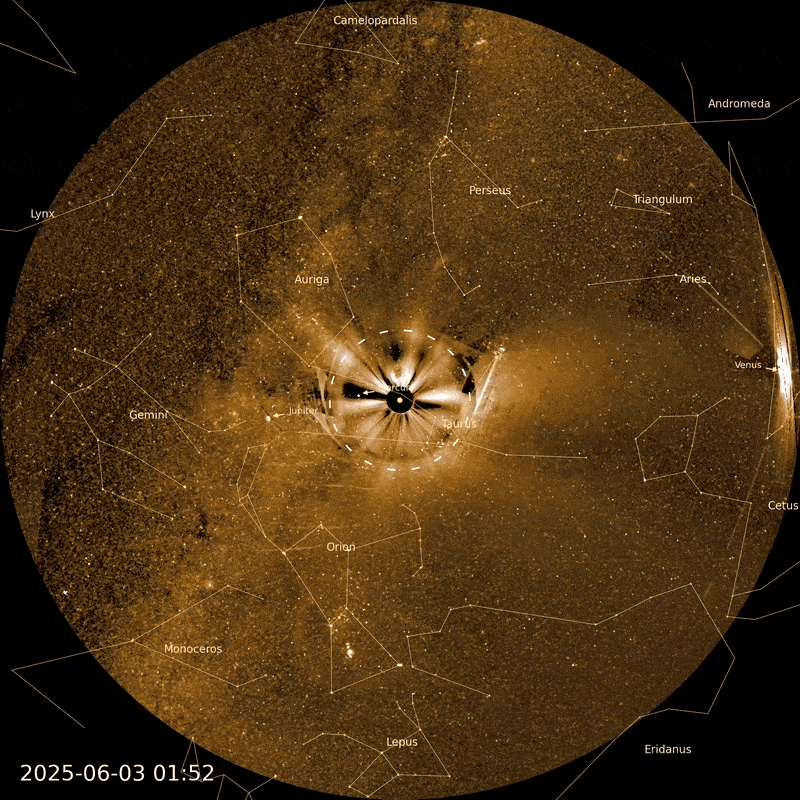The Closest Star System To Ours Doesn’t Have Any Planets (Yet), After All

Four years ago, the world was shaken with the announcement of a planet around Alpha Centauri. But was it real?
“You’re on Earth. There’s no cure for that.” –Samuel Beckett
If you had looked to the skies just 25 years ago, you’d only be able to wonder about planets around other stars. “They must be there,” you’d reason, “since there’s no way our Solar System is unique in all the galaxy.” But where’s the proof? As the case always is in science, it’s in the data you collect and in the measurements and observations you make.
Over the past generation, we’ve not only successfully found thousands of planets by multiple different methods, but we’ve been able to measure:
- their mass (by the pull on their parent star),
- their radius (by the amount of light that they block),
- and their orbital period (by measuring… their orbital period).
Our limitations are that our current techniques were only really useful for measuring certain kinds of planets.
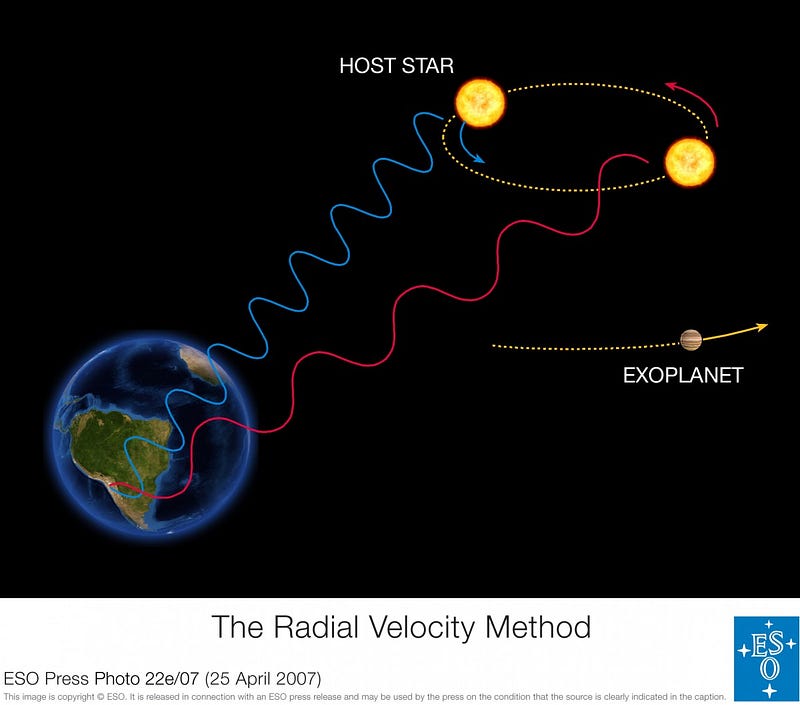
The planets that are closer in mass to their parent star pull more strongly, and so are easier to measure. Get a Sun-like star with an Earth-like planet, and we wouldn’t be able to see it.
The planets that are closer in physical size to their parent star and that are aligned with our line-of-sight to the star block a larger fraction of its light, enabling us to see it better. Again, an Earth-like planet around a Sun-like star would be barely visible and right at the limit of what the Kepler mission could’ve found.
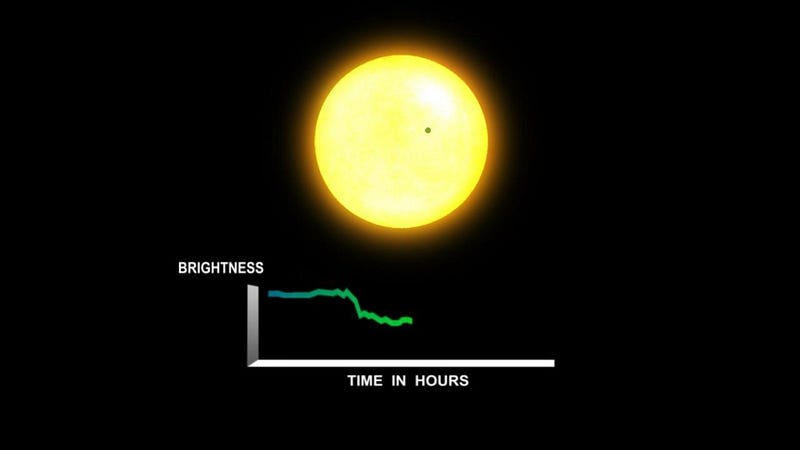
And the planets that are closer in to their parent star — closer even than Mercury is to the Sun — are easier to detect, since they provide us with more “cycles” to observe than the more distant, slowly moving worlds.
In 2012, scientist Xavier Dumusque and his collaborators announced something spectacular: the closest star system to the Sun, the Alpha Centauri trinary system (consisting of the Sun-like Alpha Centauri A, its lower-mass binary companion Alpha Centauri B, and the tiny, very distant trinary member, Proxima Centauri), had a planet around one of its stars! Alpha Centauri B, it appeared, had a planet orbiting very close to it, completing an orbit around the star every 3.24 days! (For comparison, Mercury takes 88 days to orbit the Sun.)
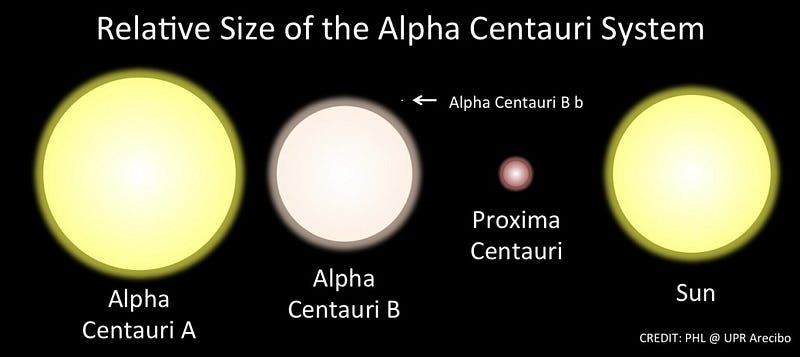
The way it was measured was through what’s known as the radial velocitymethod, where a planet’s gravitational tug on a star causes it to appear to move towards us, then away from us, then towards us again in a periodic, well-defined fashion. This results in a phenomenon known as stellar wobble, and so by measuring the frequency and magnitude of the wobbling, we can determine the mass and orbital properties of the planet that must be there. The “wobble” meant that the star moved back-and-forth by an extra speed of just 0.0005 km/s every 3.24 days. And it was measured over a long enough baseline that other explanations — internal magnetic properties of the star, instrumental noise, or the tug of other companion stars — couldn’t be the cause. It seemed they had truly discovered a planet.
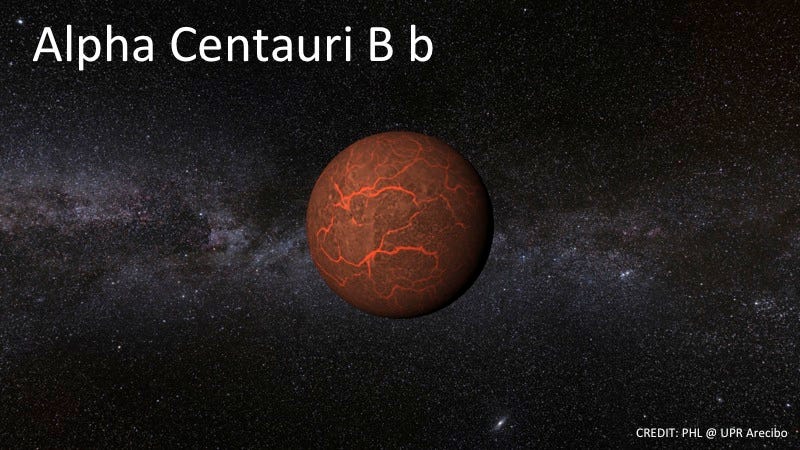
But it wasn’t to be so! There isn’t a planet there, but the data was telling us a planet was there. The hard truth is this: we tricked ourselves because of howwe measured this data. You see, in an ideal world, you’d monitor a star continuously, 24 hours a day, observing its signal constantly. In the realworld, you only do it when you have access to the telescope (when it’s not being used for other purposes), at night, and when the sky is both clear and has good enough atmospheric conditions to see what you’re aiming at.
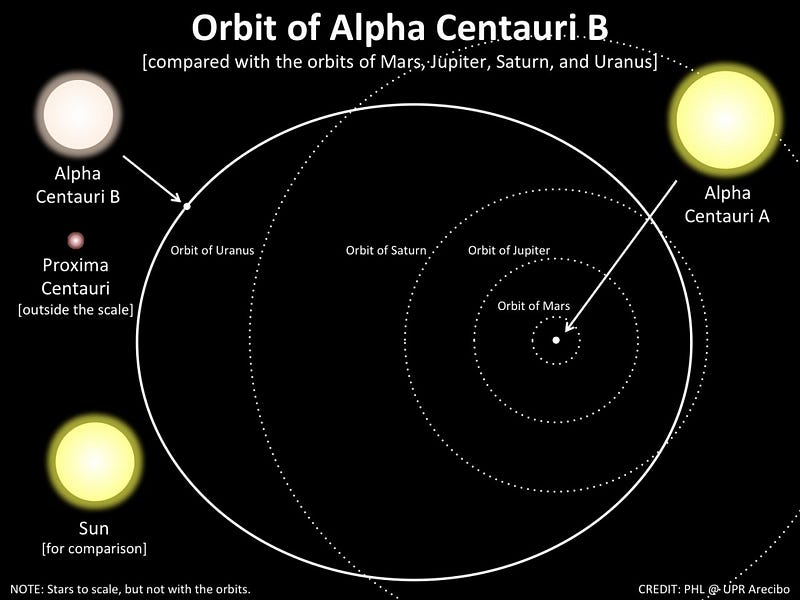
So what you might want to imagine is that you’re flying over the surface of the Earth, looking down, and measuring your distance to the ground. But instead of measuring it continuously, you’re only measuring it at a few specific points. Are you in a mountain range? Atop a plateau? Hitting the tops of a series of foothills? Or flying over a craggy ice sheet?
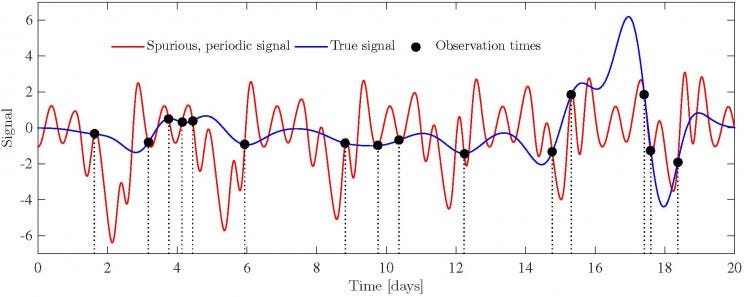
If all you knew was to look for a mountain range, you might reach that conclusion. But that’s not necessarily the only, or the correct, explanation. In this particular case — of looking at Alpha Centauri B and inferring a planet — the data was consistent with a planet, but a planet not only wasn’t the only explanation, it didn’t turn out to be the correct explanation.
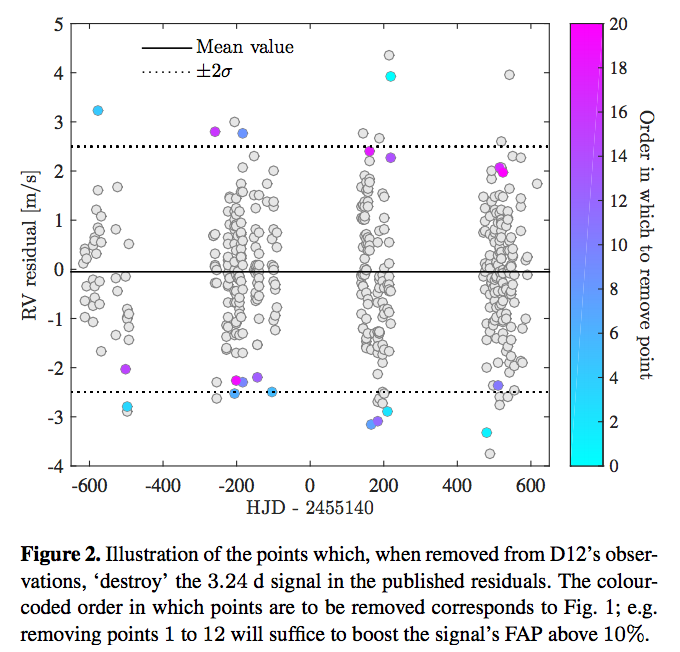
By subtracting out the inherent variation in the star itself, the team accidentally amplified other periodic signals, one recurring one of which was mistaken for a planet. That signal turned out to be the rotation of the star itself, which has only now been accounted for properly. Interestingly enough, when all the analysis is done properly, there’s a hint of a signal for a different planet significantly farther out: with a period of about 20 days. The innermost planet of Alpha Centauri B turned out to be a false signal, and not actually there at all. But even though the closest star system to us doesn’t have the planet we thought it did after all, the game is far from over. The first realplanets around this trinary star system may be just right around the corner!
Credit to Vinesh Rajpaul, Jacob Aron and to the team of Rajpaul, Aigrain and Roberts for this story!
Leave your comments on our forum, and check out our first book: Beyond The Galaxy, available now, as well as our reward-rich Patreon campaign!




